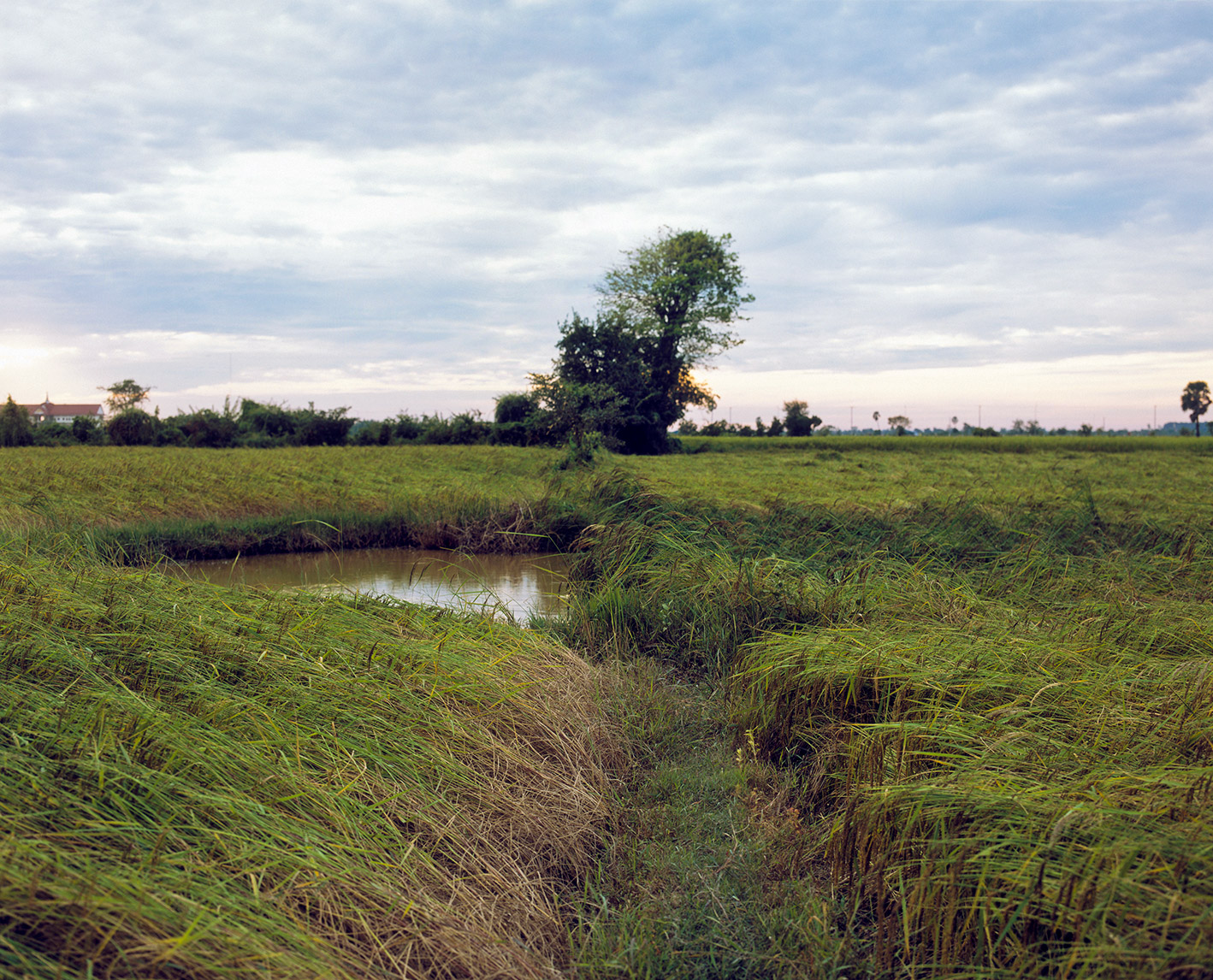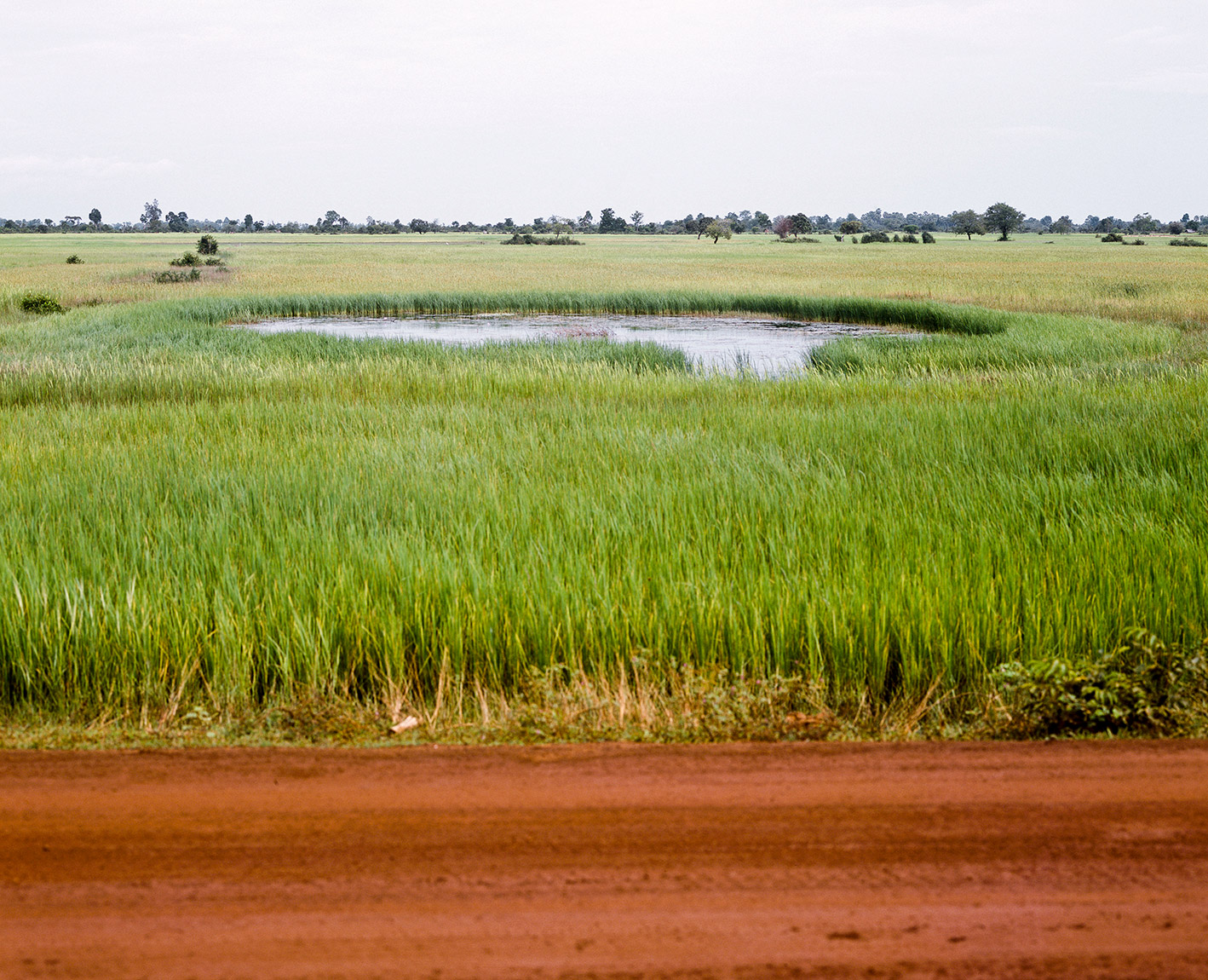
Fixing Cambodia’s Landmine Problem
Landscape architect Shaine Wong proposes a way to turn craters into something useful Read More
As a result of a three-decade civil war, Cambodia is one of the most heavily mined countries on Earth: there are more active explosives buried beneath the ground than people living above it. Removing the mines is dangerous and expensive, and more than 1,900 square kilometres of land could still be contaminated.
A few years ago, before starting work on her master’s thesis in landscape architecture, Shaine Wong (MLA 2017) saw pictures of people in Cambodia using craters from exploded landmines as fish ponds. This inspired her to think about ways to make removing the mines more practical – more like an opportunity than a cost. “The mines might leave craters but we could use them,” she says.
And so, in the treacherous landscape of postwar Cambodia, Wong found her thesis topic. At one landmine site, she proposed using bomb craters as rainwater reservoirs. At another, she suggested creating a canal that farmers could use to irrigate their crops and then transport them to market.
Wong’s ideas received positive feedback from a member of the Cambodian Mine Action and Victim Assistance Authority. “Landscape architecture is about so much more than making things look pretty,” she says. “When you look around, you start to see hidden opportunities in every challenge.”
While working on her thesis, Wong received the John E. (Jack) Irving Prize from the Daniels Faculty of Architecture, Landscape, and Design, worth $2,500 (since raised to $5,000). Wong says the award came at an opportune time. “It let me know that I wasn’t the only one who believed in what I was doing,” she says.









